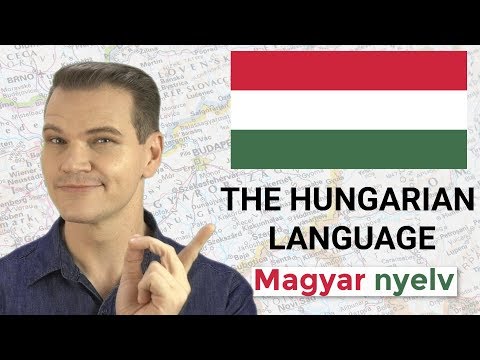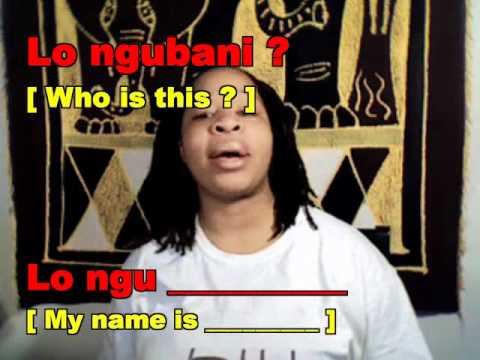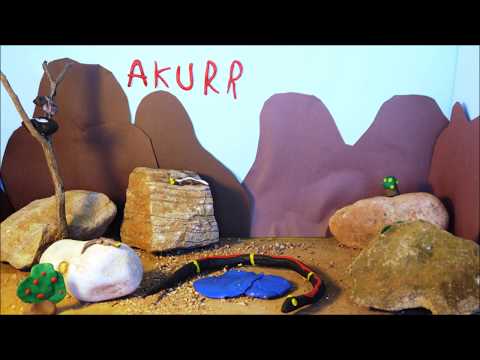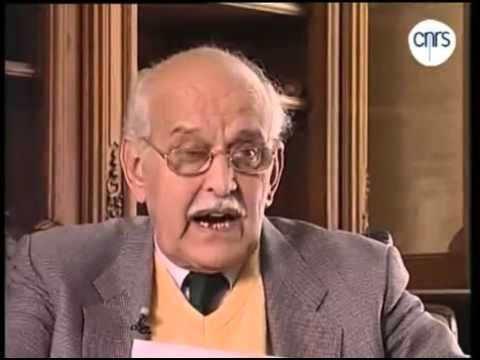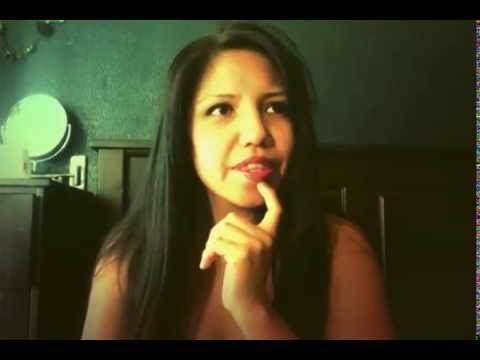Top 10 Secret Languages
10 Hungarian (and other free word order languages)
Watch this video on YouTube
9 Tsez (and other languages with a lot of cases)
In language-speak a “case” is a category that a word falls into that changes how it’s spoken depending on its grammatical role in the sentence. For example, in some languages a word changes if it’s an object instead of a subject, so using the example above, “the ball” would be a different word depending on whether the ball was kicking the person or the person was kicking the ball. This concept is hard for native, monolingual English speakers to grasp because for the most part we’ve lost our cases, but we’ve still retained a few in our pronouns. For example, while “the ball” does not change, “I” changes to “me” when the ball is the one doing the kicking. In this sense English pronouns have three cases, and most of the languages you’re familiar with have at most 6 cases for their nouns. However, the languages in the Caucasus mountains in Southern Russia are renowned among linguists for their number of cases, and if you plan on learning Tsez, for example (approximately 13,000 speakers) you will need to learn 152 different ways that your nouns can change depending on context.
8 Nbedele (and other languages with a lot of noun classes)
In the early days of linguistics it was often assumed that pre-literate “primitive” societies had fairly easy, limited languages. This belief was quickly challenged by discoveries of languages that had attributes that were much more complex than their analogs found in Europe. One case of this is noun classes. Once again, noun classes are another language characteristic that monolingual English speakers often don’t grasp simply because for the most part we don’t have them. In many languages nouns fall into separate categories, and the verbs that those nouns perform change depending on what category that noun falls into. In Spanish, for example, nouns are all either masculine and feminine, and verbs end differently depending on whether it’s a “male” thing or a “female” thing (what makes something male or female usually has little to do with gender stereotypes. Motorcycle, for example, is feminine in Spanish, and Mark Twain wondered why, in German, a language with two genders and a neuter class, a “a young lady has no sex, but a turnip has”). The Niger-Congo family of languages found in sub-Saharan Africa, however, can have over a dozen classes. Ndebele, for example, has 16 classes, including one just for names.
7 English (and other languages with long dictionaries)
The question of which language has the most words is highly arguable given all sorts of questions about what counts as a word. However, such efforts inevitably include the English in the top tier, if not the top spot. English is a smorgasbord of Latin, Germanic, and Celtic languages. Consequently; it is renowned for having a lot of Thesaurus-entry-like words that are similar to other words but communicate slightly different shades of meaning because their historical roots are so different, leading to a much richer variety of vocabulary for writers to choose from than in other languages. The Oxford English Dictionary, for example, has over 600,000 words.
6 Javanese (and other languages with special royal languages)
In many languages, if not most, there are certain forms of addressing people that vary depending on the status of the person (think “sir,” or “mam” in English). A handful of languages take this to its final end, with entire languages reserved for addressing royalty or a small handful of sociopolitical elites in society. Some Austronesian languages had “chief languages” that were used when speaking to or about the chiefs, and kings, and some had certain words that were forbidden to commoners altogether. Remnants of this special vocabulary are still alive in Javanese, with its legacy giving these particular words a particular gravitas. Thai is another example of a language with a sub “royal language,” although it has already been addressed on listverse, so head over there when you’re done with this list. 10 Ancient Languages With Unknown Origins
5 Adnyamathanha (and other languages with many forms of address)
As noted above, a lot of languages make the distinction between formal and informal forms of addressing someone. For example, in French tu is “you” for friends and family, and vous is “you” for strangers, and the form that you use also changes the form of the verbs attached to it. The Aboriginal languages of Australia are renowned for taking this to the nth degree. Not only do they have the standard formal and informal ways of referring to people, but they have different forms for different roles in a kinship and social group. For example, in Adnyamathanha (South Australia) “you” (or “she,” “he,” etc.) can be ten different words depending on the kinship relation of the person being referred to. In Panyjima (Western Australia), there is an entirely different form that men use towards the man who initiated them, and Jiwarli (Western Australia) the form changes depending on which of four social classes you are speaking to, with different terms of for each possible combination of class in case you are speaking to a mixed group.
4 Ubykh (and other languages with a lot of consonants)
In English we have 26 different letters that altogether form 44 different sounds (or “phonemes”). However, some languages have many fewer sounds. For example, Rotokas, a language spokane on a Papua New Guinean island, has 12 letters for 11 sounds. On the other end of the scale, Taa, spoken by a few thousand people in Botswana has up to 200 different sounds, most of them some form of click (which causes experienced speaker sto form a lump on their larynx). Like Thai above, Taa has also been addressed elsewhere on listverse, so head over to that list after this one, but in the meantime the example language for this entry is Ubykh, an extinct Caucus language, which had over 80 different consonants, more than any other non-click language. Like many other Caucus languages, Ubykh is high on consonants but low (only two) on vowels. Indeed, some Caucus languages are described by linguists as having no vowels at all, once again showing the sheer variety of different sounds that can be used on a daily basis for communication.
3 Nuuchahnulth (and other languages with a lot of nature words)
Various hunter-gatherer ethnicities are renowned for having multiple words that capture fine distinctions in the natural environment where they make their living. While many people believe that the old adage that native Alaskans have a large number of words for snow (the exact number varies from telling to telling) is a myth, it is actually true. Specifically, “Central Siberian Yupik has 40 such terms, while the Inuit dialect spoken in Canada’s Nunavik region has at least 53, including “matsaaruti,” for wet snow that can be used to ice a sleigh’s runners, and “pukak,” for the crystalline powder snow that looks like salt.” The variety of words Arctic language have for natural phenomenon is not limited to snow either. Inupiaq has 70 different terms for ice, the native Sami people of northern Finland have over 1,000 words for reindeer (in addition to their own 180 words for snow and ice). Similarly, the Nuuchahnulth living in the Pacific Northwest have 15 different words for salmon. Whereas in English we use variations on the same name to differentiate between subspecies like “sockeye salmon” or “spring salmon,” the Nuuchahnulth have a completely unique word for each slightly-different type of salmon. Watch this video on YouTube
2 Bora (and other languages with a lot of noun classifiers)
1 Tuyuca
Tuyuca is moderately complex by most of the standard measures of linguistic complexity that we’ve discussed above, but what really sets it apart is that its verbs have suffixes that indicate how the speaker knows what they have just stated; for example, whether they assume it or whether they saw it with their own eyes. These explanations are not optional. It’s not just that it goes against some social norm to not state why you think something, but rather it doesn’t even make grammatical sense to do so. Epistemological justifications permeate literally every single statement. For this reason, in 2009 The Economist (very informally) judged this the most difficult language in the world. 10 Extraordinary Languages That Do Not Involve Speaking About the author: Stephen Cranney is a data scientist working in the Washington D.C. area. He only knows two languages.
